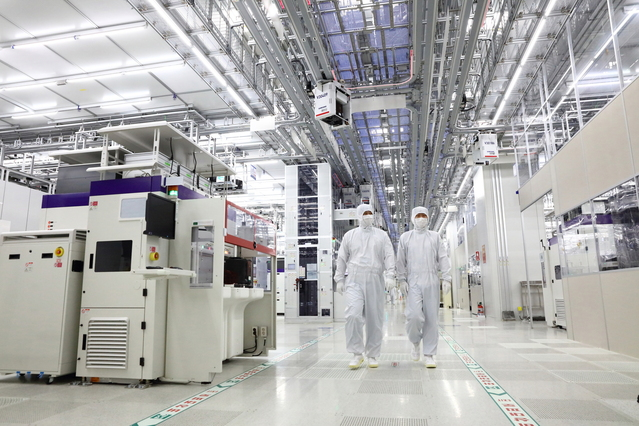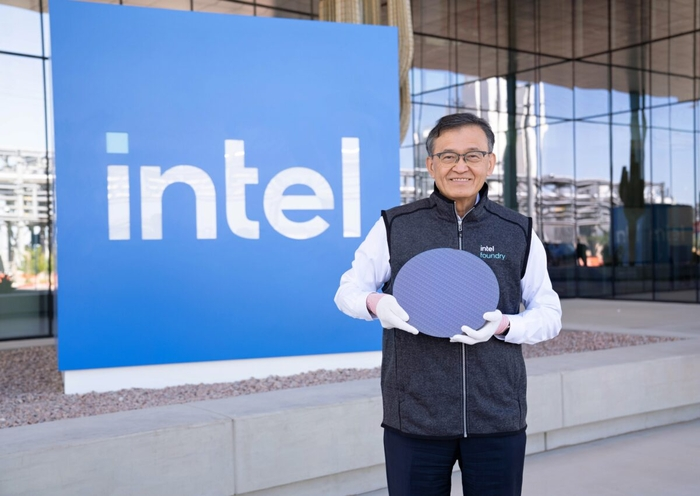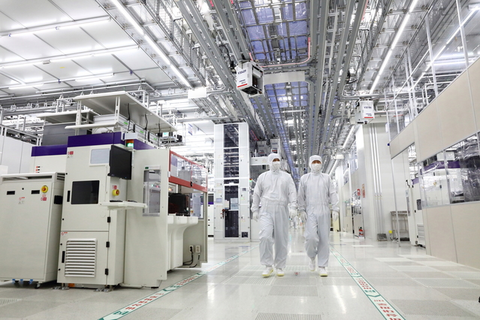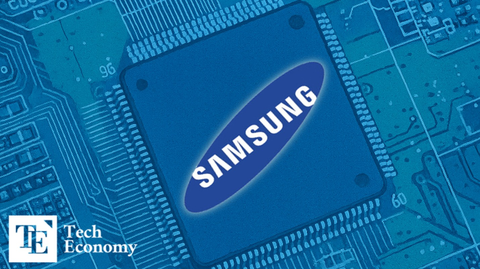Samsung and Intel Begin Full-Scale 2nm Semiconductor Production: Can They Break TSMC’s Foundry Monopoly?
Input
Modified
Qualcomm Tests Samsung’s 2nm Chip Samsung Seeks Redemption with GAA Technology TSMC’s Market Dominance Faces Challenge

Samsung Electronics and Intel are accelerating mass production of 2-nanometer (nm) semiconductors, signaling the first meaningful crack in TSMC’s longstanding dominance of the global foundry market. This emerging disruption is closely tied to the foundry’s pricing structure. Leveraging its unrivaled position in advanced process nodes, TSMC has consistently raised wafer prices, with some cutting-edge nodes seeing annual price hikes of up to 24%. Against this backdrop, Samsung and Intel’s entry into 2nm manufacturing is poised to reset market dynamics. Ultimately, however, the key determinant in this race will be yield stability—technical maturity remains the definitive threshold of competitiveness.
Samsung Supplies 2nm AP Samples to Qualcomm
According to multiple semiconductor industry sources on the 13th, Samsung Foundry recently provided Qualcomm with sample chips of the “Snapdragon 8 Elite Gen 5.” The chipset, which will power Qualcomm’s next-generation premium smartphone lineup slated for release next year, represents the first commercial application of Samsung’s 2nm process technology (SF2).
Samsung’s SF2 process improves upon the existing 3nm node by increasing transistor density and enhancing power efficiency. By adopting a Gate-All-Around (GAA) structure, the company has strengthened gate control compared to FinFET technology, enabling simultaneous improvements in performance and energy consumption. Samsung is rapidly stabilizing yields through test production of the Exynos 2600, and the Qualcomm sample reportedly met the company’s internal quality benchmarks before being delivered.
Samsung and Qualcomm maintained a close partnership in the past, but their relationship soured in 2021 when the Snapdragon 8 Gen 1—manufactured using Samsung’s 4nm process—was plagued by overheating and yield issues. After failing to ensure stable quality, Qualcomm switched production to TSMC beginning with the Snapdragon 8+ Gen 1 and has continued its collaboration with TSMC for subsequent generations.
Until recently, the industry remained skeptical about Samsung’s prospects of regaining Qualcomm as a foundry client. Even at Qualcomm’s “Snapdragon Summit 2025” held in Hawaii last September, TSMC’s 3nm process was officially designated as the primary production partner, dampening expectations for Samsung’s comeback. However, insiders view this 2nm sample delivery as more than a routine test—it signals Samsung’s potential return as a secondary foundry partner handling a portion of Qualcomm’s production volume. While TSMC will remain the main supplier, optimism is growing that Samsung could reclaim a supporting role in Qualcomm’s manufacturing ecosystem.
The industry also believes the success of the Exynos 2600 will be pivotal for Samsung’s System LSI and Foundry divisions. Both units are estimated to have posted quarterly losses of around $1.4 billion since the fourth quarter of last year, largely due to the Exynos 2500’s yield and performance failures, which kept it out of the Galaxy S25 lineup. Should the Exynos 2600 successfully power the upcoming Galaxy S26 series, improved foundry utilization could lead to a rebound in both semiconductor and system chip profitability.

Intel Begins 2nm Production at Arizona Fab
Ahead of Samsung, Intel has also officially entered 2nm production. On October 9 (local time), Intel announced that “Fab 52” in Arizona had commenced full-scale operation, producing the “Panther Lake” processor for laptops. Just a few years after struggling with management and technology setbacks, Intel has reasserted its leadership by claiming the title of the “world’s first 2nm” manufacturer.
Until now, only Samsung and TSMC had achieved mass production below the 5nm threshold. Intel’s 18A process, with a circuit width of 1.8nm, integrates both GAA transistor architecture and backside power delivery, boosting performance and energy efficiency. The Panther Lake processor is the first product to employ this technology and is scheduled for shipment by year-end, with market availability expected next year. Intel also plans to produce its Xeon 6+ “Clearwater Forest” server chips using the same node, directly targeting the AI server market.
Analysts view Intel’s progress not merely as a product launch but as the first tangible success in its revived foundry business. Fab 52 marks Intel’s first major production hub since announcing its foundry comeback in 2021. The company’s domestic expansion strategy—centered on advanced semiconductor manufacturing for AI workloads—is widely interpreted as a national industrial resurgence effort as much as a technological comeback.
2nm Price War Erupts — TSMC’s High-Pricing Model Faces Pressure
With Samsung and Intel both entering the 2nm race, the global foundry market long dominated by “TSMC supremacy” is entering a period of recalibration. Many experts predict that TSMC will struggle to sustain its premium pricing strategy. While TSMC has raised its 2nm wafer price to around $30,000, Samsung is offering similar wafers at approximately $20,000—an aggressive contrast in strategy.
Previously, TSMC supplied 3nm wafers at roughly $20,000, later hiking prices by 50% for its 2nm node—a move reflecting its confidence in leading-edge process technology. Despite the steep increase, major clients such as Apple and Nvidia have continued to pay the premium to secure capacity. Industry insiders note that companies are now offering up to 30% markups to secure TSMC slots, yet even that is proving insufficient, driving more firms to explore alternative foundries.
In contrast, Samsung’s 2nm wafer pricing reportedly sits around two-thirds of TSMC’s rate. Although this could squeeze profitability, the company appears to be prioritizing market expansion through cost competitiveness. Beyond its renewed engagement with mobile chip clients, Samsung also scored a major design win from Tesla in July for the automaker’s AI6 processor.
Observers emphasize the stark contrast between TSMC and Samsung’s strategies. While TSMC focuses on high-margin deals with elite clients, Samsung is positioning itself as a practical alternative for a wider range of customers. For mid-tier AI chip developers and electric vehicle manufacturers, diversifying their foundry sources has become increasingly urgent. As high-performance computing (HPC) demand surges and TSMC concentrates on Apple and Nvidia, other firms are expected to turn to Samsung.
For Samsung, this shift represents an opportunity to strengthen its foothold—provided it can stabilize its 2nm yields. The company aims to raise its 2nm production yield to 60–70% by year-end. If Samsung can pair cost competitiveness with reliable mass-production capability, it stands to significantly boost customer confidence and reassert its presence in the global foundry hierarchy.






















Comment